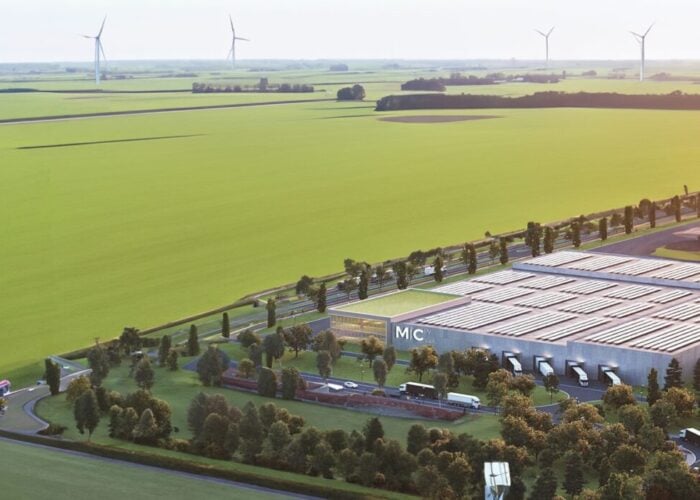Solar Frontier also noted that it expects both TÜV and UL certification in the coming weeks for a 155W module. The performance improvements are said to come from continuous manufacturing improvements as the state-of-the-art Kunitomi plant ramps successfully.
Try Premium for just $1
- Full premium access for the first month at only $1
- Converts to an annual rate after 30 days unless cancelled
- Cancel anytime during the trial period
Premium Benefits
- Expert industry analysis and interviews
- Digital access to PV Tech Power journal
- Exclusive event discounts
Or get the full Premium subscription right away
Or continue reading this article for free
“Ongoing enhancements at our Kunitomi plant have enabled us to surpass production targets ahead of time,” said Hiroshi Yoshida, vice president of manufacturing at Solar Frontier. “A significant proportion of our production output is now over 150W. We constantly advance our production process and expect continuing improvements in module performance to ensure we always provide our customers with the most competitive products.”
“We have seen keen interest from customers around the world in our 150W offering, which combines higher power output with long-term durability and a high aesthetic grade,” said Atsuhiko Hirano, Solar Frontier’s senior vice president of marketing and power generation projects. “Customers can rely on us to further enhance our product lineup to meet their needs in the utility, commercial and residential market segments.”
Solar Frontier officially opened the Kunitomi plant in Miyazaki, Japan in April 2011, which was extensively covered by PV-Tech, after a factory visit. This is the third but most advanced facility owned and operated by Solar Frontier, which claims to have an annual capacity of approximately 1GW.
“In the long term, fundamental energy economics point to the rise of thin-film, led by CIS,” said Shigeaki Kameda, CEO of Solar Frontier. “It simply requires far less energy to produce a thin-film module per watt of capacity, and the amount of energy you require to produce anything is a key arbiter of your economic viability. With CIS extending its efficiency lead among thin-film technologies at 150W and climbing, we have confirmed the commitment we made to this technology almost twenty years ago.”






